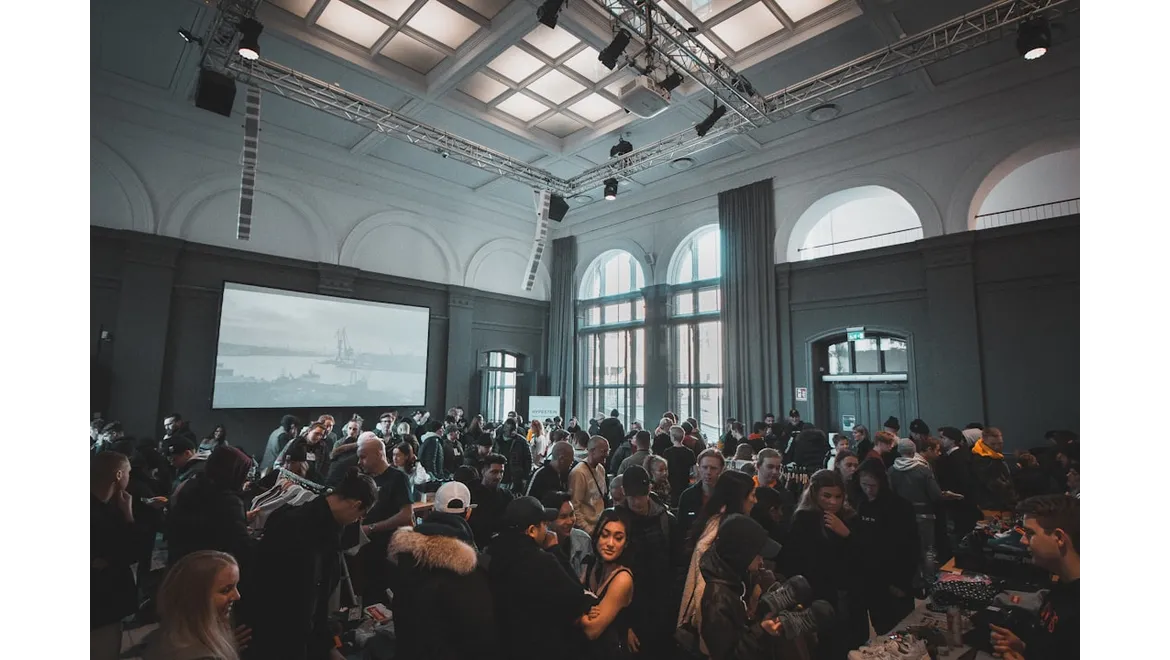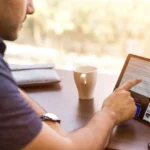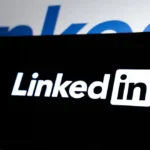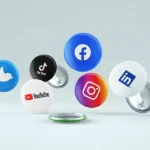Alright folks, gather ’round! I recently had a cracking chat with Jasmine, a total wizard when it comes to LinkedIn lead generation, specifically using those often-overlooked LinkedIn Events. I wanted to pick her brain on how to really move beyond the standard webinar and create hybrid experiences that actually drive business. Turns out, it’s a game of strategic planning, clever engagement, and, crucially, understanding your audience. So grab a cuppa and let’s dive in.
Beyond the Webinar: Creating Engaging Hybrid Events
I started by asking Jasmine what makes a LinkedIn hybrid event truly pop. “It’s about crafting an experience, not just delivering content,” she said emphatically. “Think about blending the best of both worlds – the energy and spontaneity of in-person networking with the accessibility and scalability of virtual platforms.”
Jasmine walked me through a recent example: a cybersecurity summit aimed at small business owners. They had a physical hub in London, but also broadcasted live to attendees globally via LinkedIn Event. Crucially, they didn’t just stream presentations. They built in interactive elements like live Q&As streamed to both audiences, breakout rooms where virtual attendees could discuss key points with London-based speakers, and even a virtual ‘expo’ showcasing relevant cybersecurity solutions with live chat features.
Key Metrics: Tracking What Matters
Of course, all this effort needs to translate to ROI. I wanted to know which metrics Jasmine religiously tracks. “It’s more than just registration numbers,” she explained. “We look at registration rates, of course, but more importantly, attendance (both physical and virtual). Then we dig deeper into engagement levels – comments, likes, shares, questions asked during the event.” She stressed the importance of tracking lead quality – are people downloading resources? Are they booking demos post-event? And ultimately, what are the conversion rates – how many leads turn into paying customers?
To track this, Jasmine uses a combination of LinkedIn’s built-in analytics, integrated CRM tools (like HubSpot, Salesforce) and dedicated event platforms. She sets up custom UTM parameters in her event promotion links to accurately attribute website traffic and conversions back to the LinkedIn event. This is crucial to understand what works and what doesn’t.
Understanding Your Target Audience
Jasmine was adamant that you can’t create a killer event without truly knowing your target audience. “LinkedIn gives you such powerful targeting capabilities,” she explained. “Use them! Don’t just blast your event to everyone. Think about job titles, industry, company size, even their existing engagement with your content.” She recommended analysing your LinkedIn audience data and using LinkedIn Sales Navigator to get a deeper understanding of your ideal attendee’s needs and interests.
And it’s not just about targeting the right people, it’s about engaging them in the right way. Jasmine mentioned tailoring the content to address specific pain points and using LinkedIn polls and surveys to gauge interest in certain topics beforehand. This helped them shape the event agenda and ensure it resonated with the audience.
Generating Leads with Strategic Networking
Now, for the juicy bit: lead capture. Jasmine uses a multi-pronged approach. Firstly, the LinkedIn event itself acts as a lead magnet – people register to gain access to valuable content and networking opportunities. She encourages attendees to connect with each other on LinkedIn, facilitating introductions through dedicated networking sessions (both virtual and in-person).
Secondly, she integrates lead capture forms within the virtual event platform. Attendees can download resources (like whitepapers or checklists) in exchange for their contact information. And thirdly, she uses LinkedIn’s Lead Gen Forms to capture leads directly from the event promotion posts. “Make it easy for people to engage,” she advised. “Don’t make them jump through hoops. The fewer clicks, the better.”
Optimising for Future Success
Jasmine emphasised that every event is a learning opportunity. “Don’t just run an event and move on,” she said. “Analyse the data, get feedback from attendees, and use those insights to improve your next event.” She recommends sending out post-event surveys and actively monitoring social media for mentions and comments. She also suggested A/B testing different promotion strategies to see what resonates best with your audience.
So, what did I learn from Jasmine? Creating engaging LinkedIn hybrid events is a strategic game. It’s about blending the best of online and offline, understanding your audience deeply, and meticulously tracking key metrics. By focusing on creating an experience, facilitating meaningful networking, and constantly optimising your approach, you can transform LinkedIn Events from standard webinars into powerful lead generation engines.











